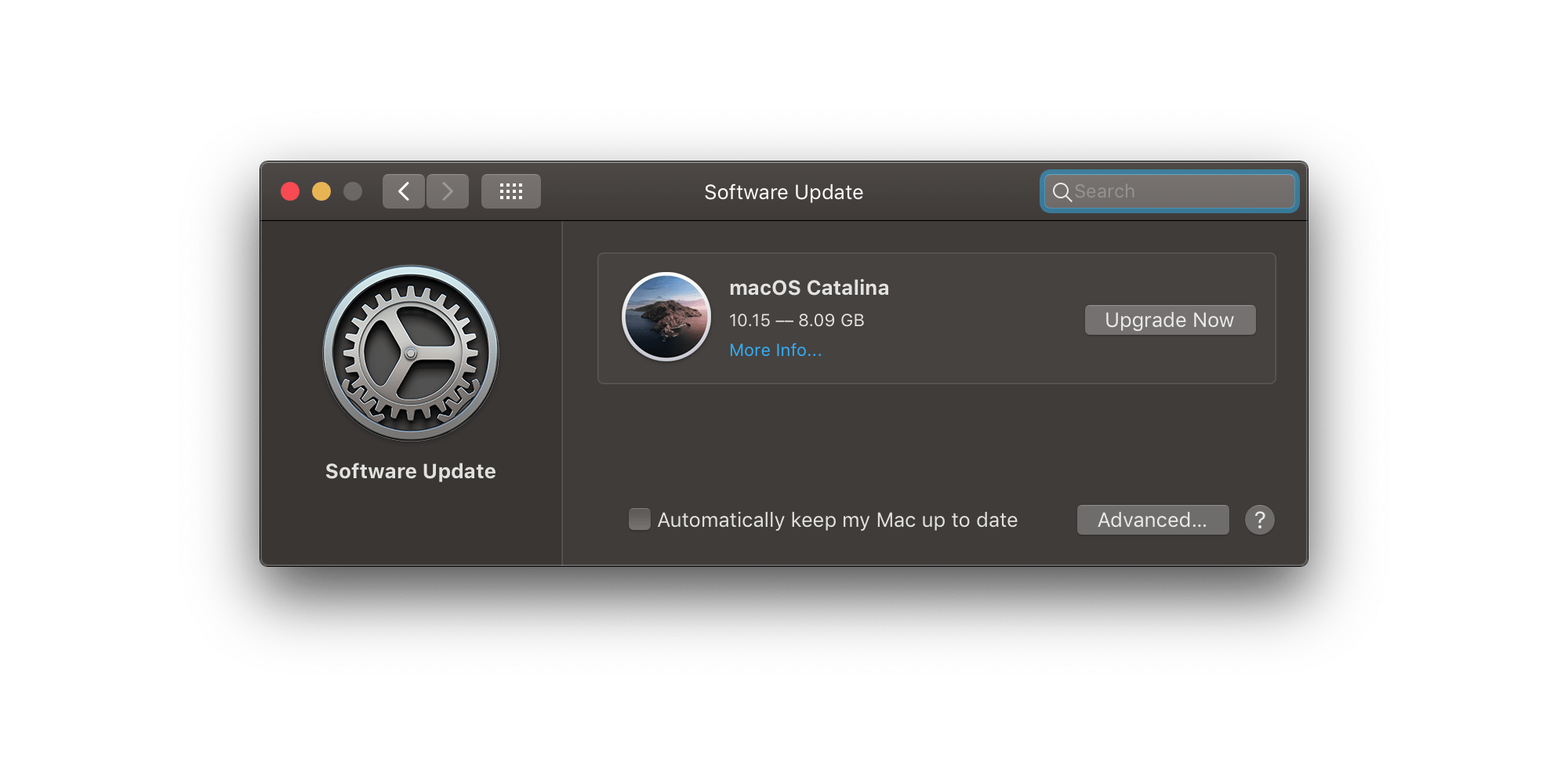

#DOWNGRADE MOJAVE TO HIGH SIERRA UPDATE#
Since you’re running Mojave, clicking Get will launch the new Software Update interface in System Preferences and start downloading the approximately 5.2GB High Sierra Installer. Now you can use TimeMachine to restore your files/apps or (my preference) run Migration Assistant.app, plug your backup drive into your Mac and point it at the backup drive, choose what you want transferred and let it do its thing. This should take you to the macOS High Sierra page in the Mac App Store.Do all the updates you can, get it to the last version of macOS you want.At first boot when it asks you to create a user account, make a generic, disposable account (Admin, Temp, etc.) so that you can recreate your original user account which you can't do if you use the same name as your account previously used.What you require to do is Backup all your important data and Mac apps on an. In this case, you don’t need to go through the complex process. You can easily rollback the macOS Mojave to high sierra. Quit Disk Utility and go back into the installer and set it off to do its thing. Downgrade Mojave to Hige Sierra, if your PC had shipped with High sierra: Well, if your computer was firstly shipped with macOS high sierra.
#DOWNGRADE MOJAVE TO HIGH SIERRA INSTALL#
Once you have the (verified bootable) installer, and a good backup boot from the installer and once you get to the Install MacOS screen select disk utility from the Utilities menu and reformat your macOS drive.I couldnt actually believe that what a downgrade it is.


Though a Time Machine backup works well too. 6 DMG on a MacBook Pro with High Sierra and install it Click on the + button at the devices. Upon that, choose on disk alone with Mojave. Yet, inserting option + shift would then let you reinstall on macOS High Sierra. I prefer making an image of my drive with CCC,SuperDuper or other utility. Then, to reboot in the recovery mode you must press on command + option + shift + R or command + R. If you happen to have access to a Mac thats running an older version of macOS, log into the Mac App Store with your password and download the Mojave installer. Note that there is a version of DiskMakerX for each version of macOS. Though there are terminal commands to do this I use DiskMakerX which will create the bootable installer for you. Going back a version of macOS (even point releases) while not difficult is a bit time consuming as there is no built-in un-install or roll-back mechanism built into macOS like there is with Windows (unfortunately.)


 0 kommentar(er)
0 kommentar(er)
